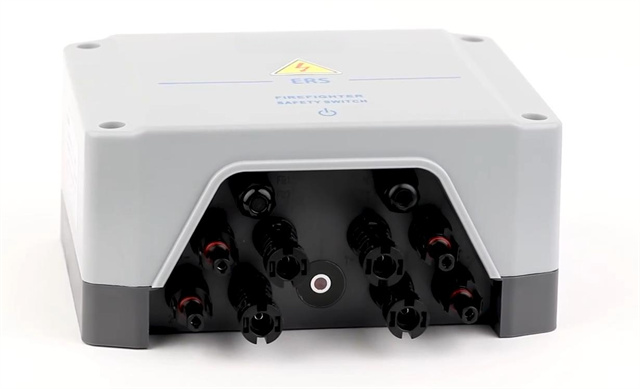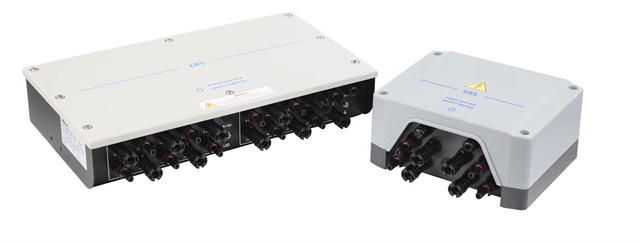Author:BLD Solar Energy SystemFROM:Solar System Converter Manufacturer TIME:2023-11-10
Solar energy is becoming increasingly popular as a renewable and sustainable source of power. With the widespread adoption of solar panel installations, it is crucial to ensure their safe and efficient operation. One important aspect in this regard is the installation of solar rapid shutdown switches. In this article, we will discuss the significance of these switches and their installation process.

Solar rapid shutdown switches are safety devices that enable quick and reliable shutdown of a solar panel system in case of an emergency or when maintenance work is required. They are designed to reduce the risk of electrocution for firefighters, first responders, and other personnel who may need to access a building with an active solar system.

Rapid shutdown switches play a critical role in ensuring the safety of both individuals and property. In emergency situations, such as a fire, it is essential to cut off the power supply from the solar panels to prevent electrical hazards. These switches provide a way to shut down the system quickly, reducing the risk of electric shock and allowing firefighters to focus on their tasks without worrying about live electrical currents.

The National Electrical Code (NEC) in many countries requires the installation of rapid shutdown switches for solar panel systems. Compliance with NEC regulations ensures that the system meets the safety standards and reduces liability for the system owner. It is essential to review and understand the specific requirements and guidelines set forth by the relevant regulatory authorities.
A typical solar rapid shutdown system consists of several key components. These include the rapid shutdown switch itself, which is responsible for cutting off the power supply from the solar panels. Additionally, there are control devices and communication equipment that facilitate the shutdown process. Proper installation and integration of these components are crucial to ensure the effectiveness of the system.
The installation process for solar rapid shutdown switches involves several steps. First, it is necessary to locate an appropriate position for the switch, preferably near the solar panel array. Following the manufacturer's guidelines, the switch is then wired correctly to the solar panels and other components, ensuring proper electrical connections. Finally, testing and verification of the system should be carried out to confirm its functionality.
Installing solar rapid shutdown switches requires electrical expertise and knowledge of local regulations. It is strongly recommended to work with a qualified electrician who has experience in solar panel installations. A professional electrician can guide you through the process, help with the proper selection of components, and ensure compliance with safety standards.
Regular maintenance and inspections are crucial to keep the solar rapid shutdown system in optimal condition. The switch and associated components should be inspected periodically to identify any signs of damage or malfunction. It is important to follow the manufacturer's recommendations for maintenance and schedule routine inspections to ensure the system continues to operate safely.
Installing solar rapid shutdown switches is an essential aspect of ensuring the safety and efficiency of solar panel systems. These switches enable quick and reliable shutdowns during emergencies, reducing the risk of electrical hazards. By complying with national regulations, working with qualified professionals, and performing regular maintenance, solar panel owners can help create a safer environment for all.
Solar rapid shutdown switches are crucial for the safe operation of solar panel systems. They provide a way to quickly cut off the power supply in emergency situations, reducing the risk of electric shock and allowing first responders to work safely. Compliance with national regulations, proper installation, and regular maintenance are essential for the effectiveness of these switches. By prioritizing safety, solar panel owners can contribute to a sustainable and secure energy future.
